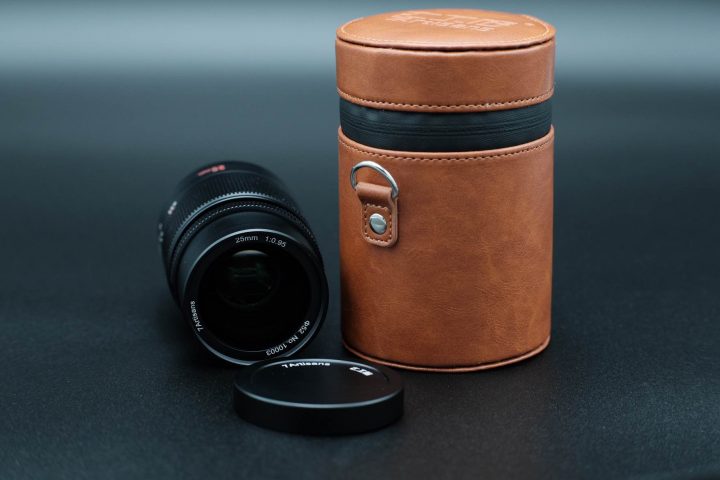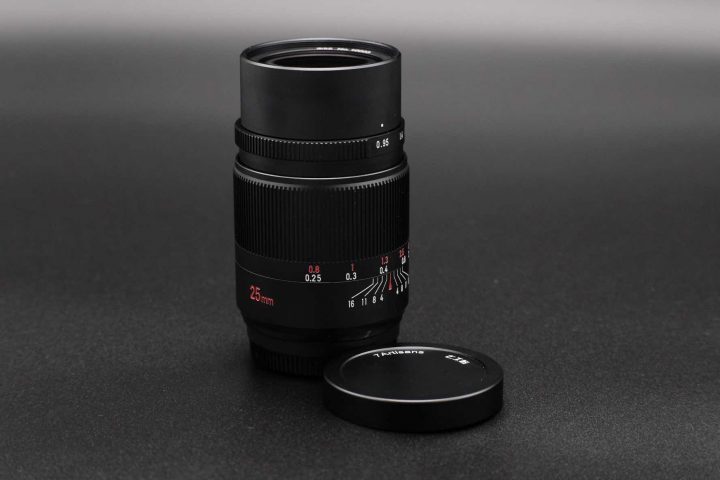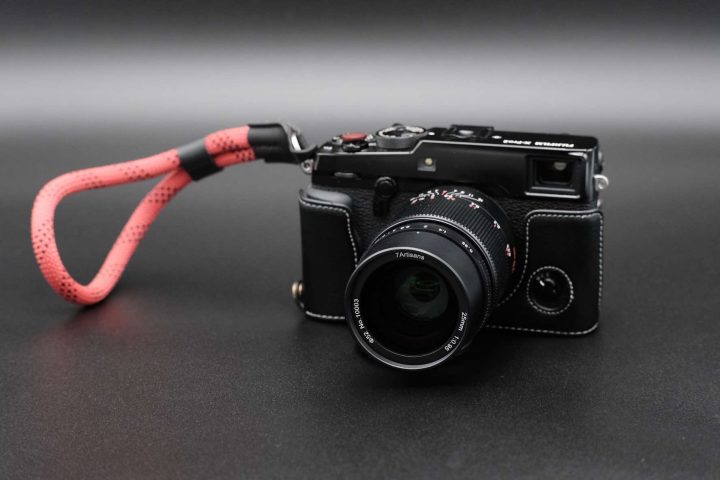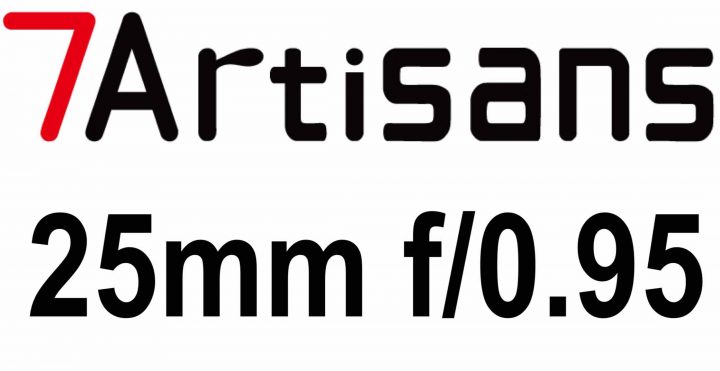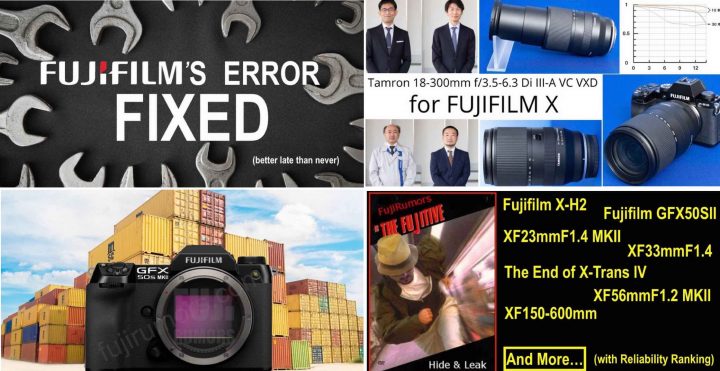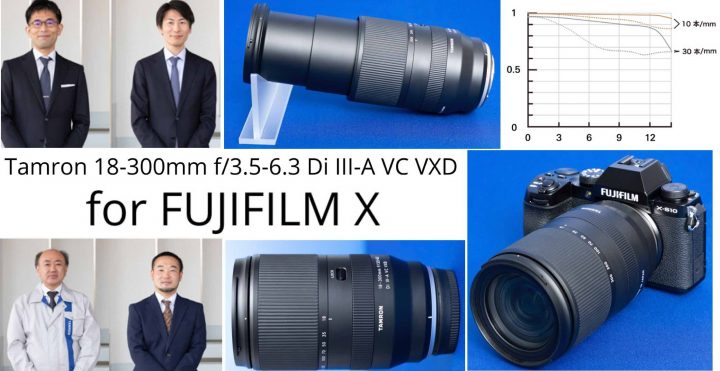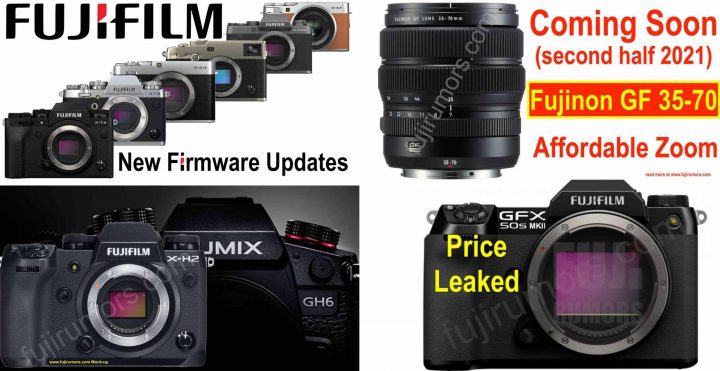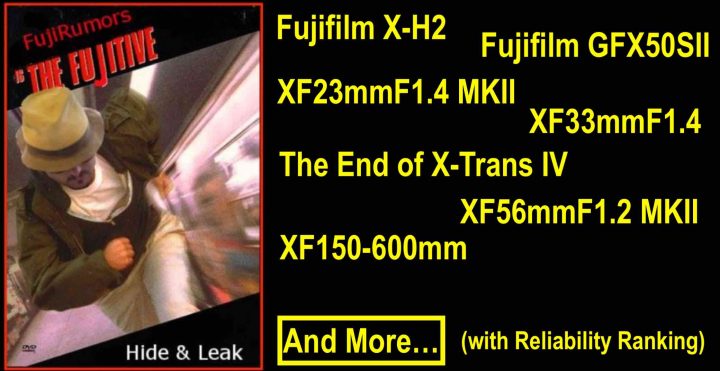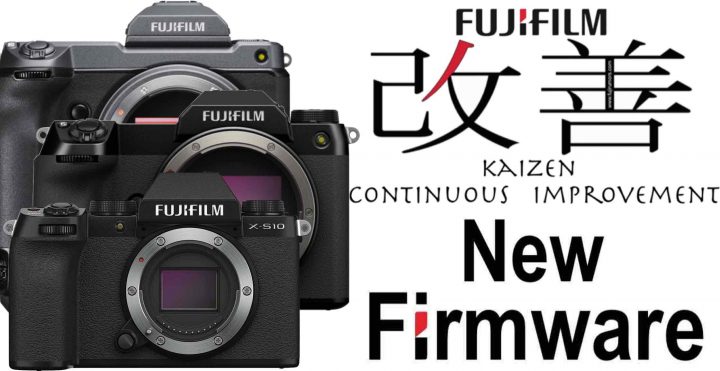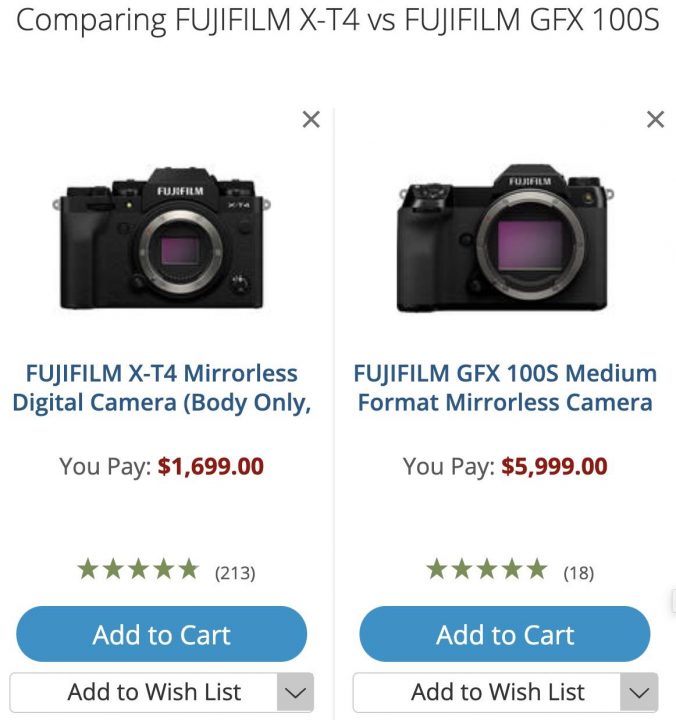7Artisans 25mm f/0.95 First Review, Product and Sample Images
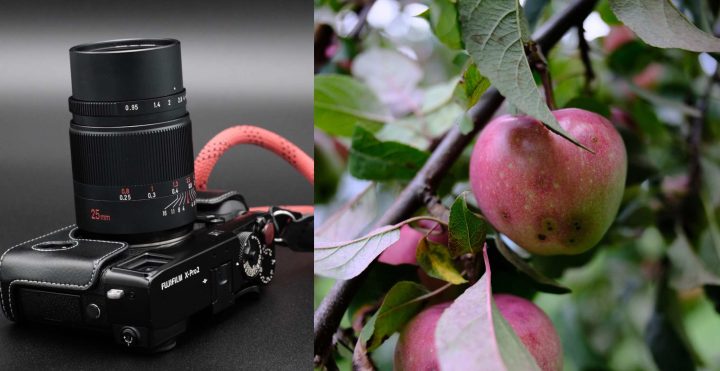
Just yesterday we reported that 7Artisans is about to release the 7Artisans 25mm f/0.95 lens for Fujifilm X.
After my article, a FR-reader reached out to me (thanks) and directed my attention a website called schlueter-enterprises, who has already shared sample images, product images as well as an initial review about this lens. I will share the link to everything down below. Now here just some main points and images.
- build quality of 7Artisans 25mm f/0.95 lens is fully in line with the high end quality finish of 7Artisans 35mm f/0.95 and 7Artisans 50mm f/0.95
- smooth damped movement of the aperture and focus ring
- 11 lenses in 9 groups (3 lenses are made of high end HOYA ultra low dispersion glass)
- a bit front heavy on X-Pro2 due to 99.7mm length and weight
- filter diameter of Ø52mm
- without lens hood the IQ is already high [admin note: he still needs to get a proper lens hood for this lens]
To read and see more, check out:
- product and sample images at schlueter-enterprises
- initial review and sample images at schlueter-enterprises
The Fastest Growing Fujifilm Group
- Fujifilm Film Simulation Group (100% Fuji Colors Power)
Follow FujiRumors on Patreon, Facebook, Instagram, RSS-feed, Youtube, Flipboard and Twitter
Join Our Owners Groups
- Fujifilm GFX User Group
- Fujifilm X-T User Group
- Fujifilm X-S User Group
- Fujifilm X-H User Group
- Fujifilm X-E User Group
- Fujifilm X-Pro User Group
- Fujifilm X100 line Group
Join Our Facebook Pages

